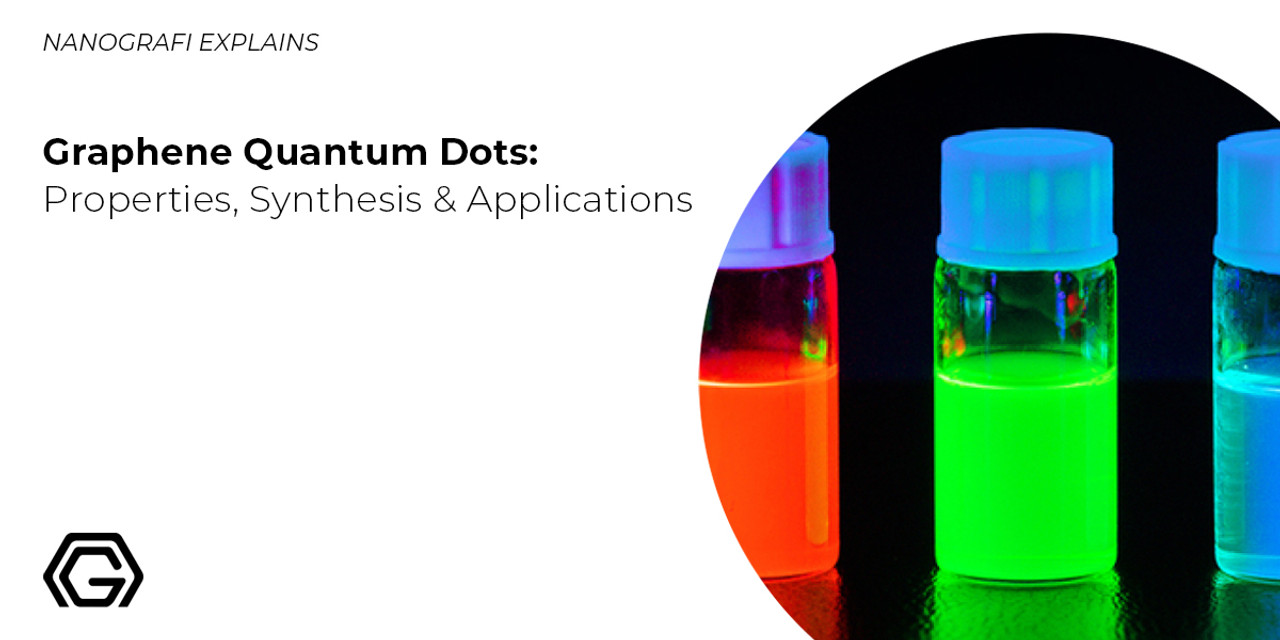In the realm of data storage, conventional techniques face insurmountable challenges as the exponential growth of data demands innovative solutions. Enter quantum dots, minute semiconductor particles on the nanoscale, which are emerging as a cornerstone of next-generation data storage technologies. As the limitations of classical storage paradigms become increasingly apparent, the prospect of utilizing quantum properties for data storage beckons, promising not merely an evolution but a veritable revolution in how information is stored, retrieved, and manipulated.
Quantum dots, characterized by their unique electronic properties derived from quantum mechanics, are integral to this transformative vision. Their size is typically between 1 to 10 nanometers, allowing them to exhibit quantum confinement effects. This phenomenon results in discrete energy levels, which can be finely tuned by altering the dot’s dimensions or material composition. As such, the manipulation of these parameters allows for the encoding of information in novel ways, enabling enhanced capacity and efficiency in data storage systems.
One significant advantage of utilizing quantum dots is their capacity for high-density data storage. The conventional approach to data storage is limited by physical dimensions; however, quantum dots can be densely packed within a medium. Thereby, they facilitate the realization of terabits per square inch, far exceeding the capabilities of contemporary magnetic and optical storage solutions. As digital information proliferates, the ability to harness such elevated storage densities is not just advantageous but imperative for the sustainability of data-driven enterprises.
Moreover, quantum dots possess the ability to maintain coherence and stability in their stored quantum states over extended periods. This feature is pivotal for developing reliable long-term storage systems. Unlike traditional storage mediums, which suffer from degradation over time, quantum dot technology promises an unprecedented lifespan and durability. Hence, businesses and institutions reliant on vast data repositories can achieve both efficiency and longevity, crucial for safeguarding critical information.
The efficiency of quantum dot systems not only pertains to storage capacity and longevity but extends to the speed of data retrieval and processing. The inherent parallelism of quantum computation paves the way for rapid data manipulation and access. Information encoded in quantum states can, in principle, be read simultaneously, enabling accelerative data processing that far surpasses current sequential methods. This capacity for rapid retrieval is especially valuable in environments demanding real-time analytics and decision-making, such as finance, healthcare, and scientific research.
Furthermore, the promise of quantum dot data storage transcends traditional data formats. The transition from binary encoding—ones and zeros—to a quantum state encoding methodology, such as quantum superposition, opens up a plethora of avenues for information representation. Such a paradigm shift allows for the encoding of multiple bits of information within a single quantum dot through various quantum states, fundamentally altering our conceptualization of data. This capability culminates in an efficacious and intelligent storage solution that aligns seamlessly with the burgeoning demands of Big Data analytics and artificial intelligence applications.
However, as with all nascent technologies, the journey toward the mainstream adoption of quantum dot storage will not be devoid of obstacles. The primary challenges lie in fabrication techniques, cost-efficiency, and integration with existing technologies. Current fabrication methods must evolve to enable the mass production of quantum dots with uniform size, purity, and quantum characteristics that meet stringent data storage specifications. The advancement of such techniques will undoubtedly require extensive research, collaboration across disciplines, and substantial financial investment.
Additionally, the integration of quantum dot technology into existing infrastructure places further demands on both hardware and software frameworks. The compatibility of quantum dot storage systems with conventional data management software, data redundancy strategies, and security protocols must be thoroughly explored. Stakeholders in the tech industry will need to orchestrate a concerted effort to ensure a seamless transition, incorporating innovative approaches to cybersecurity that accompany the unique vulnerability and security needs of quantum technology.
Curiously, the realization of quantum dot-based storage solutions also invites ethical considerations that merit careful contemplation. The ability to store vast amounts of personal data raises concerns regarding privacy and surveillance. The potential misuse of such technologically advanced systems necessitates the establishment of robust governmental and organizational policies to govern data usage and ensure the ethical application of computing power.
In conclusion, the integration of quantum dots into the fabric of data storage heralds an exciting, albeit complex future. As we stand on the precipice of a new technological era, the realization of quantum dot storage technologies embodies a paradigm shift that could redefine our relationship with data itself. By augmenting storage capacities, enhancing retrieval speeds, and aligning with the imperatives of tomorrow’s technological landscape, the promise of quantum dots transcends mere speculation. It beckons a future ripe with possibility, urging researchers, technologists, and policymakers alike to ponder the implications of this novel frontier and craft a collective trajectory towards leveraging quantum technology for a sustainable digital existence.










